In the fast-paced world of entrepreneurship, startups often fall into the trap of focusing too much on solutions and not enough on the real problems they aim to solve. This misstep frequently leads to product failures, wasted resources, and ultimately, startup collapse. The key to success in any entrepreneurial journey is identifying and addressing the core issues your target audience faces. By honing in on problems rather than rushing to solutions, your startup can achieve sustainable growth, stronger customer relationships, and long-term success.
Why Startups Should Prioritize Problems Over Solutions
Startups are born from ideas, but not all ideas are created equal. Too often, entrepreneurs become enamored with their solution—whether it’s a new app, service, or product—and fail to properly evaluate whether there’s a real problem worth solving. Focusing on problems first ensures that you’re solving an issue that matters to your customers, rather than creating a solution in search of a problem.
When startups focus solely on solutions, they often build products based on assumptions. They may believe their solution is revolutionary, but without identifying customer pain points, they’re taking a shot in the dark. This approach leads to significant risks, including wasting time, money, and effort on a product that no one truly needs.
By adopting a problem-first strategy, startups can validate their ideas, align their products with actual customer needs, and improve the chances of finding product-market fit. This approach encourages founders to dive deep into their target market, discover the most pressing issues, and design solutions that provide real value. Focusing on problems means putting customers first, and that’s the foundation of any successful business.
The Power of a Problem-First Mindset in Startup Growth
A problem-first mindset is the key to building a successful startup. Instead of brainstorming solutions and hoping they resonate with your audience, this mindset ensures you’re addressing a legitimate pain point that customers face. This focus is not only practical but also strategic, as it leads to more informed decisions and a better understanding of your market.
A problem-first mindset encourages startups to:
- Validate ideas before committing to development.
- Understand customer needs and frustrations.
- Create more focused and targeted solutions.
- Adapt quickly to market changes by staying close to customer feedback.
Adopting this approach forces entrepreneurs to think critically about their business and the value it provides. It encourages research, discovery, and a constant reevaluation of customer problems. In the long run, this mindset leads to more resilient startups that can pivot as needed and maintain relevance in a competitive landscape.

The Consequences of Focusing on Solutions Before Problems
When startups focus on solutions without first understanding the problems, they risk falling into several traps. First, there’s the risk of misalignment between the product and customer needs. Startups may create a product that customers don’t find useful or necessary. This often results in poor product adoption and low customer engagement.
Focusing on solutions also leads to wasted resources. Developing a solution that doesn’t address a real problem consumes valuable time and money—resources that could be better spent elsewhere. Startups that neglect the problem-first approach often find themselves scrambling to pivot after realizing that their product doesn’t meet market demand.
Finally, solution-centric startups are more likely to fail because they don’t establish a strong connection with their customers. Customers want to feel understood; they want to know that the product they are using solves a problem they face. If a startup fails to identify and address those pain points, they will struggle to build a loyal customer base.
Achieving Product-Market Fit by Addressing Customer Problems
Product-market fit is often considered the holy grail of startup success. It refers to the point where your product satisfies a significant portion of the market demand. Achieving product-market fit requires a deep understanding of the problems your customers face. Only when you address these problems can you create a product that resonates with your target audience.
Addressing customer problems allows startups to:
- Design products that solve specific pain points.
- Refine features to meet real-world needs.
- Build customer trust and loyalty by offering valuable solutions.
To find product-market fit, startups must listen to their customers and continually refine their product offerings based on feedback. Solving real problems helps startups stay relevant, ensuring their product evolve in ways that meet market demands.

Techniques for Identifying and Validating Customer Problems
Identifying and validating customer problems is a critical step in ensuring that your startup is addressing real needs. There are several techniques that startups can use to uncover and validate these issues:
Customer Interviews: Ask the Right Questions
Talking to potential customers is one of the best ways to uncover their pain points. Through open-ended questions, you can discover what problems they face daily and how those problems affect their work or life. Ask questions like:
- What is your biggest challenge in [industry]?
- How do you currently solve this problem?
- What frustrations do you have with existing solutions?
Conducting Market Research to Uncover Problems
Market research allows startups to gather data on customer behavior, preferences, and challenges. This can include surveys, focus groups, or even competitive analysis to identify gaps in the market where problems are not being adequately addressed.
Analyzing Competitor Weaknesses for Market Gaps
Competitor analysis is another powerful tool for identifying problems. By understanding where competitors fall short, you can discover opportunities to solve problems that they aren’t addressing effectively. This can provide a strategic advantage and help you position your startup as a superior solution provider.
Using Lean Startup Methods to Identify and Solve Real Problems
The Lean Startup methodology emphasizes the importance of continuous learning and validation in the startup process. It encourages startups to build, measure, and learn in rapid cycles to discover what works and what doesn’t. Lean principles are particularly useful when identifying customer problems and testing solutions.
The Role of MVPs in Validating Problems Before Solutions
A Minimum Viable Product (MVP) is a version of your product with just enough features to test the core value proposition. It’s an essential tool in validating problems before investing significant resources into full product development. By releasing an MVP, startups can gather feedback from real users and adjust their products based on actual customer needs.
Pivoting Based on Customer Problem Insights
Sometimes, the insights gathered from your MVP may reveal that your startup is solving the wrong problem or that the problem isn’t as widespread as you initially thought. Lean startup principles allow you to pivot quickly, refining your focus to better align with customer problems.

Identifying Market Gaps by Solving Unmet Problems
Startups that focus on solving unmet problems are better positioned to succeed in competitive markets. Identifying market gaps means discovering areas where existing solutions fall short or where no solutions exist at all.
How to Research and Identify Gaps in Your Target Market
Startups can use a variety of methods to identify market gaps, including:
- Analyzing customer complaints about existing solutions.
- Reviewing industry trends to spot emerging problems.
- Conducting competitive analysis to see where competitors are underperforming.
Problem-Centric Competitive Analysis
A problem-centric competitive analysis involves assessing competitors not only based on their features but on their ability to solve customer problems. This type of analysis helps startups understand where competitors may be overlooking key pain points and how they can address those gaps more effectively.
How a Problem-Driven Innovation Strategy Fuels Startup Success
Innovation is essential to startup success, but true innovation doesn’t happen in a vacuum—it happens when you solve meaningful problems. A problem-driven innovation strategy ensures that startups are focused on creating solutions that address real-world issues.
Why Solving Problems Sparks True Innovation
When startups focus on solving customer problems, they are more likely to create innovative products that resonate with the market. Solving a problem forces creativity and encourages startups to think outside the box. By identifying and addressing unmet needs, startups can develop breakthrough solutions that disrupt industries and set themselves apart from the competition.
Aligning Product Development with Real Customer Needs
A problem-driven approach to product development means constantly aligning your product with the needs of your customers. Startups should regularly engage with their customers, gathering feedback to ensure that the product continues to address evolving problems.
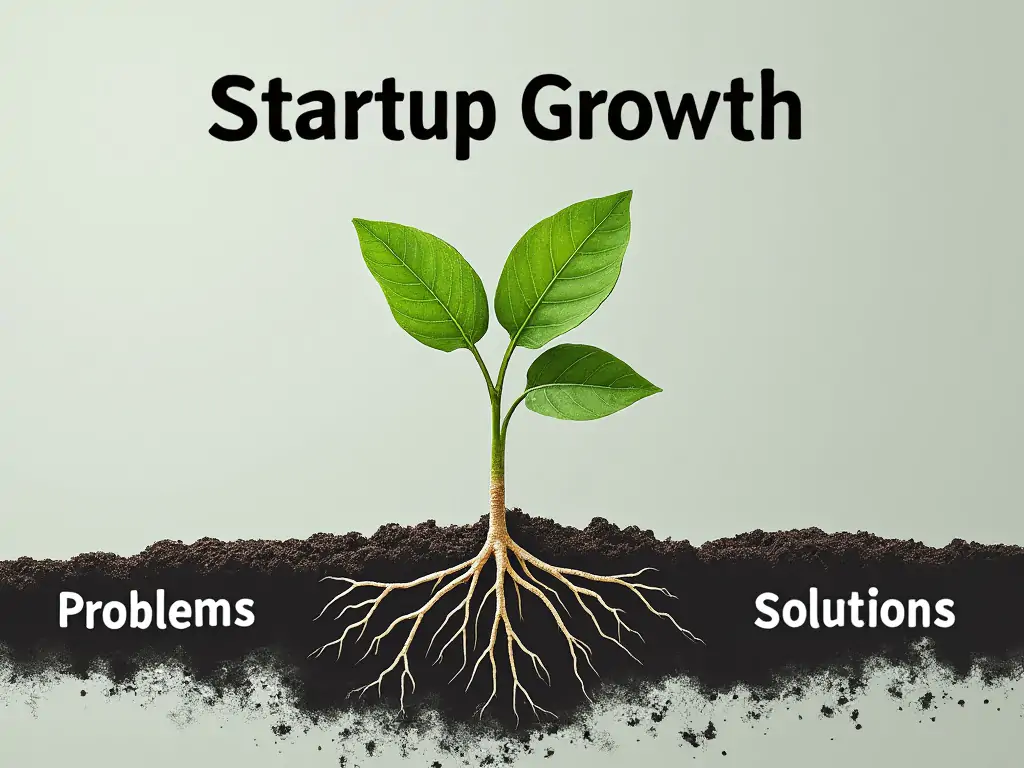
Solving Customer Pain Points as a Growth Strategy
Addressing customer pain points should be at the heart of your growth strategy. Customers are more likely to engage with and recommend products that solve their specific challenges. This type of growth is sustainable because it is built on providing real value.
Understanding the Value of Addressing Core Customer Issues
Startups that focus on solving core customer issues build stronger relationships with their audience. Customers feel heard and valued, leading to increased loyalty and advocacy. By consistently addressing customer pain points, startups can differentiate themselves in crowded markets.
Examples of Startups Thriving by Solving Specific Problems
There are countless examples of startups that have found success by addressing specific customer problems. For instance:
- Dropbox solved the problem of file storage and sharing, creating a seamless way for users to access their files from anywhere.
- Airbnb addressed the lack of affordable and flexible accommodation options, allowing travelers to stay in homes rather than hotels.
- Uber identified inefficiencies in the traditional taxi system and provided a faster, more convenient solution.
How Customer Feedback Can Help Refine Problem-Solving in Startups
Customer feedback is one of the most valuable resources for refining your problem-solving approach. Listening to your customers helps you understand what’s working, what isn’t, and what adjustments need to be made.
The Importance of Continuous Problem Validation
Problems evolve over time, and so should your solutions. By regularly seeking customer feedback, startups can ensure they remain aligned with the most pressing problems in their market. This ongoing validation process helps avoid building outdated or irrelevant products.
Tools for Gathering Customer Feedback and Insights
There are several tools startups can use to gather customer feedback, including:
- Surveys and polls.
- User interviews.
- Customer support interactions.
- Social media listening.
By using these tools, startups can maintain a pulse on customer problems and continue to refine their product offerings.
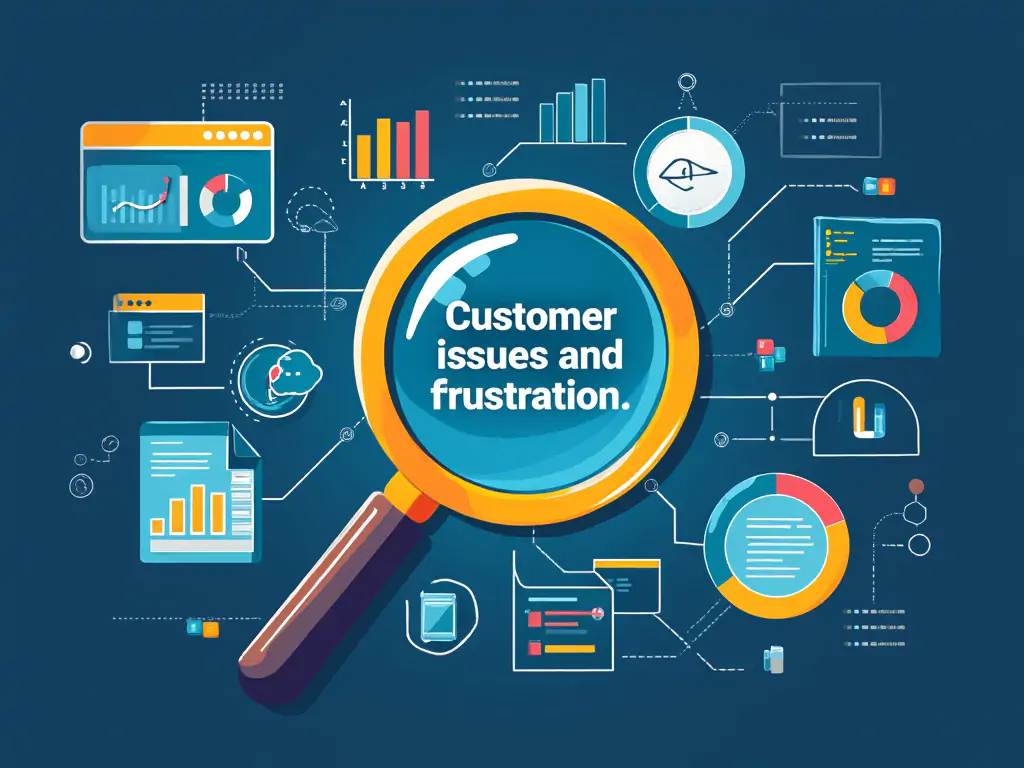
Prioritizing the Most Impactful Problems in Your Startup Strategy
Not all problems are created equal. Some issues may be minor inconveniences, while others represent significant barriers to customer satisfaction. Startups must prioritize problems that have the biggest impact on their customers and the market.
Frameworks for Problem Prioritization in Startups
One framework for prioritizing problems is the Impact-Effort Matrix, which helps startups evaluate which problems are worth solving based on their potential impact and the effort required to solve them. Another approach is to focus on problems that align with your startup’s long-term vision and goals.
Balancing Short-Term and Long-Term Problem-Solving
Startups must balance solving immediate customer problems with addressing longer-term strategic challenges. By prioritizing both types of problems, startups can maintain steady growth while positioning themselves for future success.
Case Studies of Startups That Succeeded by Solving Problems
There are many lesser-known startups that have achieved massive success by focusing on solving customer problems. These case studies demonstrate the power of a problem-first approach and provide valuable lessons for new entrepreneurs looking to follow a similar path.
1. Slack: Streamlining Workplace Communication
Slack, a popular workplace messaging platform, wasn’t initially intended to be a standalone product. The team behind Slack was building a video game and developed Slack as an internal tool to improve communication between developers. During development, they identified a significant problem: existing workplace communication tools were fragmented and inefficient. They pivoted, focusing on this problem, and built Slack into a product that solved real communication issues for teams around the world.
Slack’s problem-first approach helped it grow rapidly into one of the most widely used workplace tools globally. By addressing the communication pain points of companies, large and small, Slack created a product that was in high demand and generated billions in revenue.
2. Warby Parker: Addressing the Cost of Prescription Eyewear
Warby Parker disrupted the eyewear industry by addressing a key problem faced by consumers: the high cost of prescription glasses. Founders Neil Blumenthal and Dave Gilboa discovered that most glasses were sold by a single company, which drove up prices. They identified a gap in the market—affordable, high-quality eyewear—and set out to solve this problem by selling directly to consumers online.
By focusing on solving this problem, Warby Parker was able to build a business model that offered consumers more affordable glasses without sacrificing quality. Their problem-centric approach allowed them to undercut competitors and grow into a widely recognized brand.
3. Zocdoc: Solving the Problem of Doctor Appointment Scheduling
Zocdoc was born out of frustration with the complex and inefficient process of booking doctor appointments. Founders Cyrus Massoumi and Oliver Kharraz recognized that patients struggled to find doctors, check availability, and schedule appointments. They focused on this problem and built a platform that streamlined the process.
By addressing a real pain point for both patients and healthcare providers, Zocdoc created a highly successful platform that improved healthcare access for millions of people. Their problem-solving approach not only benefited patients but also enhanced doctors’ ability to manage their schedules.
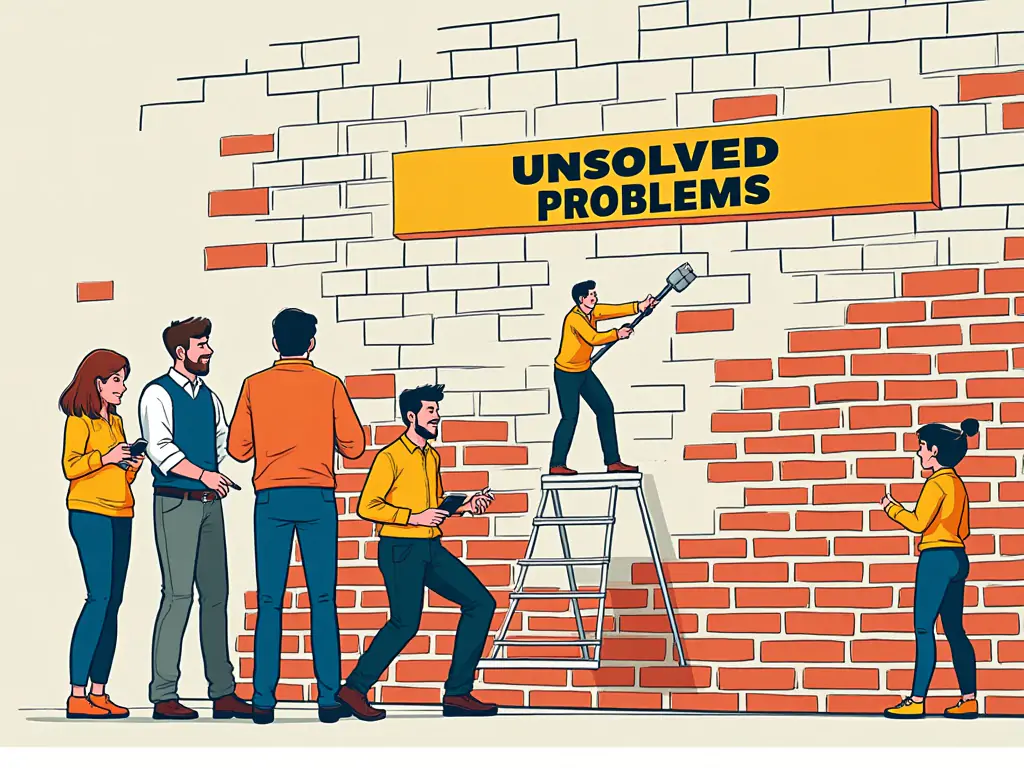
The Importance of Achieving Problem-Solution Fit for Startup Success
While product-market fit gets most of the attention, problem-solution fit is an equally critical concept for startups. Problem-solution fit refers to the alignment between the problem you are solving and the solution you’ve created. Without this fit, no amount of marketing or funding will save your product.
How Problem-Solution Fit Differs from Product-Market Fit
Problem-solution fit comes before product-market fit. It’s about ensuring that the solution you are developing adequately addresses the core problem your target customers face. Product-market fit, on the other hand, involves confirming that there is a significant market demand for your solution.
By focusing on problem-solution fit first, you ensure that the foundation of your product is solid. Once you have that fit, achieving product-market fit becomes much easier. A misalignment between the problem and solution is one of the biggest reasons startups fail.
Steps to Achieve Problem-Solution Fit
Achieving problem-solution fit requires rigorous validation and customer interaction. Here’s a step-by-step guide:
- Identify the Core Problem: Use customer interviews, market research, and competitor analysis to pinpoint the primary problem you want to solve.
- Develop a Minimum Viable Product (MVP): Create a basic version of your product that addresses the core problem and get it into the hands of early adopters.
- Gather Customer Feedback: Ask for feedback from early users to determine whether the MVP effectively solves their problem.
- Iterate Based on Feedback: Refine your solution based on what you learn from users. Continue iterating until you find a solution that consistently addresses the problem.
- Track Key Metrics: Use metrics such as customer satisfaction, retention rates, and product adoption to gauge whether you’ve achieved problem-solution fit.
Creating a Problem-Centric Culture in Your Startup
A startup’s success is not only about its product but also about its culture. Creating a problem-centric culture within your startup ensures that every team member, from engineers to marketers, is focused on solving customer problems. This mindset can lead to better decision-making, more innovation, and a higher likelihood of long-term success.
Building a Team That Focuses on Problem Solving
It’s important to hire team members who are passionate about solving problems rather than just building solutions. This includes everyone from product designers to customer support representatives. When your entire team is aligned with the goal of addressing customer pain points, it leads to a more cohesive and effective company.

Encouraging Innovation Through Problem-First Thinking
Fostering a problem-first mentality encourages innovation within your startup. Instead of developing features that may not be needed, your team will focus on solving customer issues, which often leads to more creative and useful product developments. Encourage your employees to bring problems to the forefront of discussions and brainstorm ways to address them, even if they require out-of-the-box thinking.
Measuring Startup Success Based on Problem-Solving Effectiveness
One of the most important metrics for evaluating the success of a startup is how well it solves its customers’ problems. Solving real problems is what drives customer satisfaction, retention, and ultimately revenue growth. Here’s how to measure your startup’s success based on its ability to solve problems:
Key Metrics for Tracking Problem-Solving Success
- Customer Satisfaction Scores (CSAT): Regularly measure how satisfied your customers are with your product’s ability to solve their problems.
- Net Promoter Score (NPS): Ask customers how likely they are to recommend your product to others, based on how well it addresses their needs.
- Customer Retention Rates: If your solution is solving a real problem, your customers will stay loyal. Monitor retention rates to see if users keep coming back.
- Customer Feedback and Reviews: Gather qualitative feedback through reviews and surveys to understand whether customers feel their pain points are being addressed.
- Product Adoption Rates: Track how quickly and widely your product is adopted by new customers, indicating whether the problem resonates with a larger audience.
How Solving the Right Problems Leads to Sustainable Growth
Startups that solve the right problems are more likely to achieve sustainable growth. When customers feel that their problems are being addressed, they are more likely to become repeat buyers, recommend the product to others, and stick with your brand. This creates a cycle of customer loyalty that fuels long-term growth.
By solving meaningful problems, startups can avoid the dreaded churn and focus on expanding their customer base. A problem-first approach ensures that your product stays relevant and continues to evolve alongside customer needs.
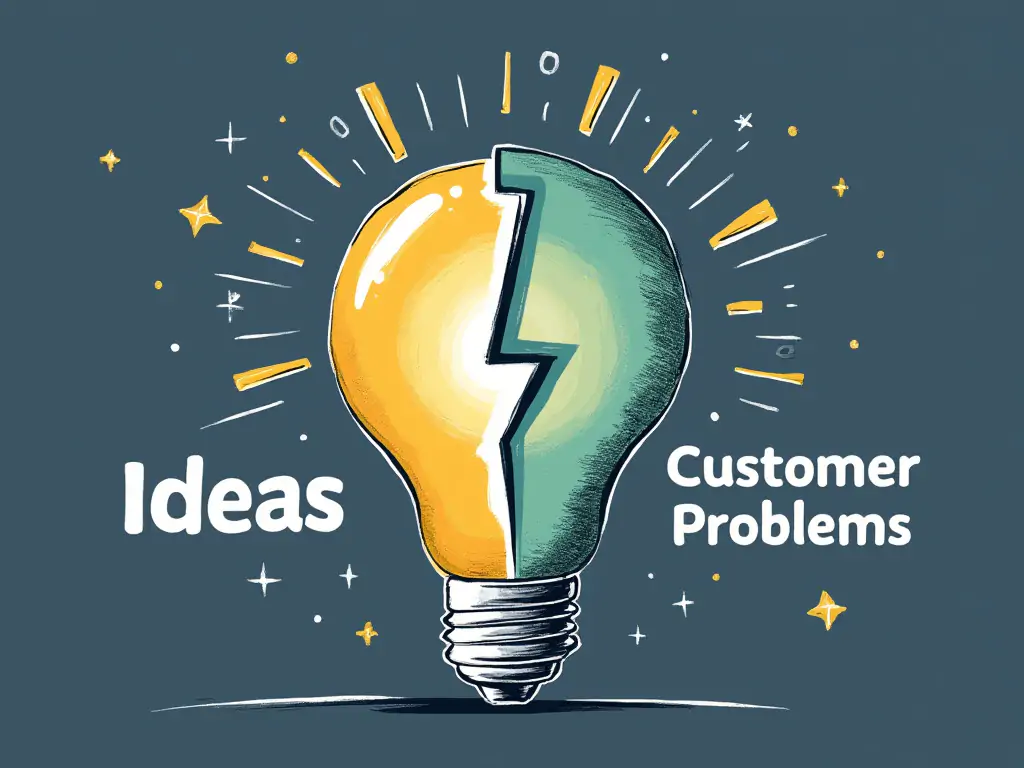
FAQ Section: Answering Common Questions About the Problem-First Approach
Why Should Startups Focus on Problems and Not Solutions?
Startups should focus on problems because solutions only matter if they address real issues that customers face. Focusing on solutions without understanding the problem leads to misalignment between your product and the market. By identifying and solving meaningful problems, startups can build products that provide value and drive growth.
How Can I Identify the Biggest Problems in My Market?
To identify the biggest problems in your market, start by talking to your target customers. Conduct interviews, surveys, and focus groups to understand their pain points. Analyze your competitors to see where their solutions fall short, and look for industry trends that highlight emerging challenges.
What Are the Risks of Focusing Too Much on Solutions Early On?
Focusing too much on solutions early on can lead to building products that don’t solve real problems. This can result in wasted resources, poor product adoption, and the need for costly pivots. By focusing on problems first, you ensure that your solution has a solid foundation and addresses customer needs from the start.
How Do I Achieve Problem-Solution Fit?
Achieving problem-solution fit requires understanding your customers’ pain points and ensuring your product directly addresses those issues. Develop a minimum viable product (MVP), gather feedback from early users, and iterate based on that feedback. Focus on solving one core problem before expanding your product.
How Do I Know If My Startup Is Solving the Right Problems?
You’ll know if your startup is solving the right problems if you see strong customer engagement, high retention rates, and positive feedback. Customers will continue to use and recommend your product if it provides real value and solves their pain points. Tracking key metrics such as CSAT and NPS can also give you insights into how well your solution is addressing customer problems.
Table: Common Startup Problems and How to Solve Them
| Problem | Solution | Example Startup |
|---|---|---|
| Difficulty in finding product-market fit | Conduct customer interviews and develop MVPs | Zocdoc |
| High cost of acquiring customers | Focus on customer pain points and solve specific problems | Warby Parker |
| Inefficient internal processes | Streamline communication and workflows | Slack |
| Poor customer retention | Continuously address evolving customer problems | HubSpot |
| Lack of market differentiation | Identify unmet needs and solve overlooked problems | Canva |
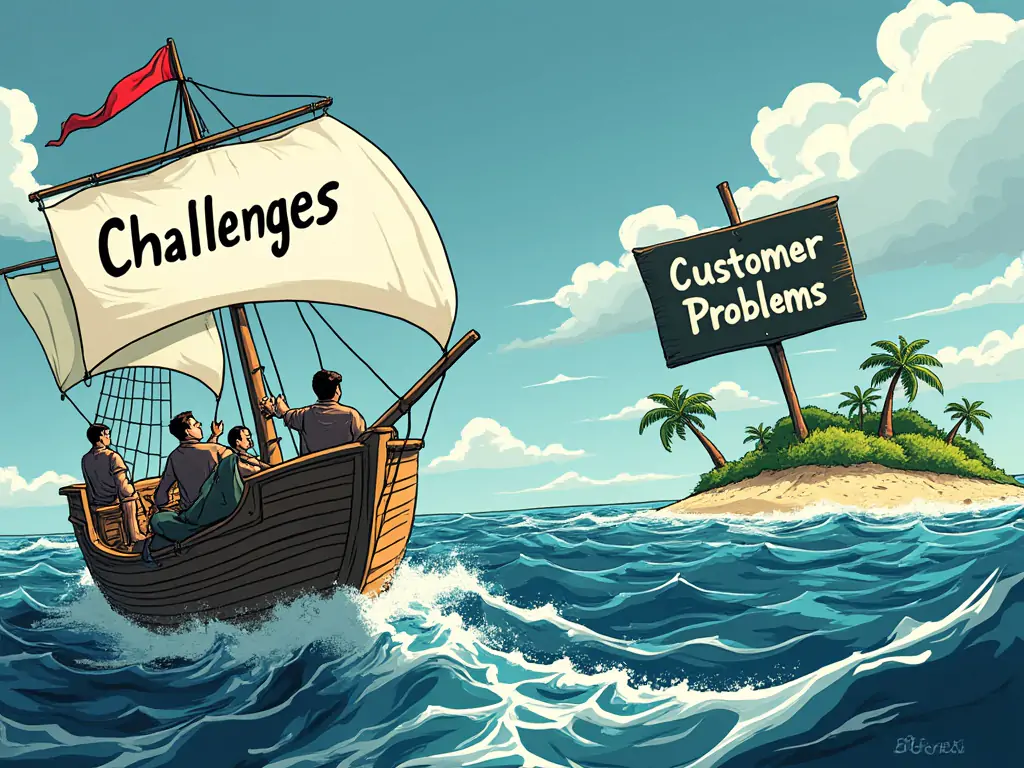
Conclusion: Why a Problem-Centric Approach Leads to Startup Success
Focusing on problems rather than solutions is the foundation of startup success. By identifying and solving real customer pain points, startups can build products that provide genuine value, achieve problem-solution fit, and foster sustainable growth. This approach allows startups to stay agile, continuously innovate, and maintain relevance in competitive markets.
Whether you’re just starting out or looking to refine your existing product, a problem-centric approach will guide your startup toward long-term success. Keep customer problems at the heart of everything you do, and you’ll build a business that stands the test of time.


